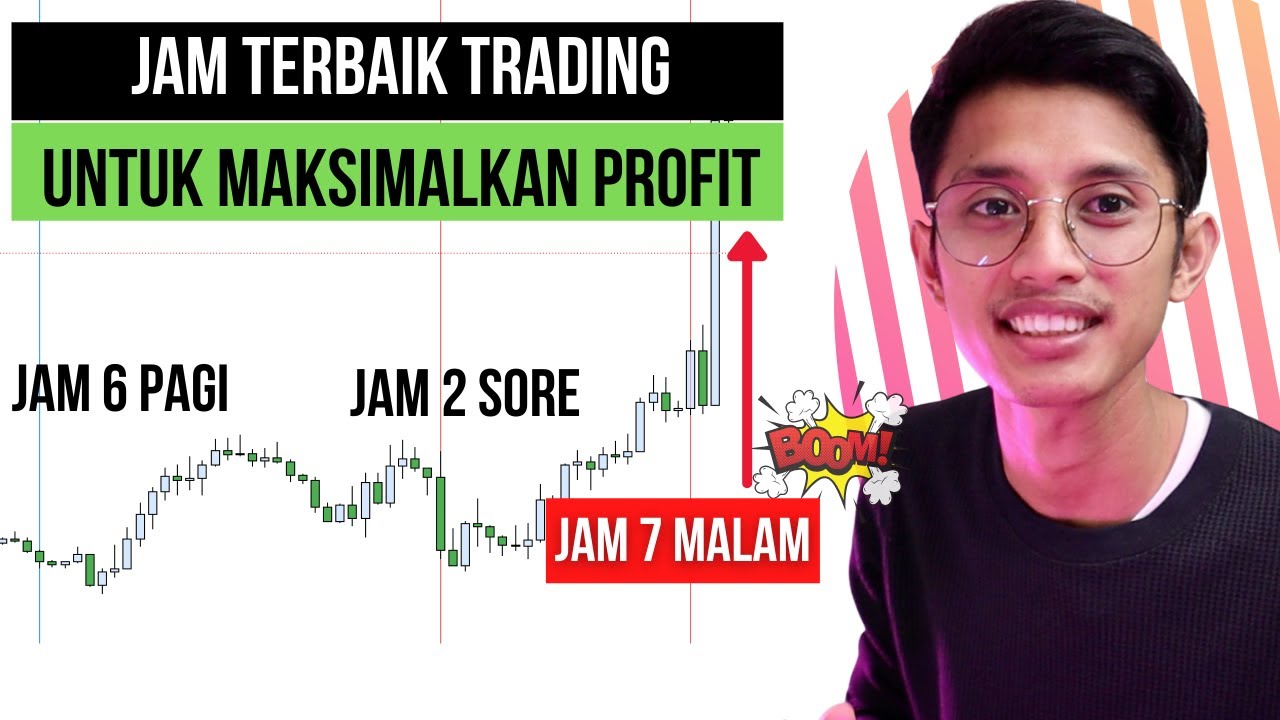ICT Forex - The ICT Asian Killzone
Summary
TLDRThis educational video focuses on the Asian session in forex trading, ideal for North American part-time traders. It highlights the Australian, New Zealand, and Japanese yen pairs as most active during this time, offering opportunities for 15-20 pip scalps. The presenter emphasizes the importance of time and price analysis, optimal trade entry patterns, and the potential of cross pairs for higher volatility. The session also covers consolidation patterns that can predict daily range development, providing valuable insights for traders looking to capitalize on the Asian market's unique dynamics.
Takeaways
- 🌏 The Asian session is the least active time for the speaker, who is based in the East Coast of the United States.
- 🕒 The Asian open is a specific time of day that can provide trading opportunities, especially for part-time traders or those looking for setups after a 9:00 to 5:00 job.
- 💰 Currency pairs involving the Australian dollar, New Zealand dollar, and Japanese yen are most active during the Asian session and are ideal for trading at this time.
- 📈 The Asian open can set up optimal trade entry patterns that may offer 15 to 20 pips for a scalp, with higher time frame bias being helpful.
- 🔍 Short-term retracements in either a bull or bear market during the Asian session can offer similar optimal trade entry setups.
- 📊 The speaker uses Forex Ltd demo accounts to illustrate the Asian open and the importance of the first two hours of this session.
- 🌀 The Asian session is characterized by a period of consolidation that can hold clues to how the daily range will develop for the rest of the 24-hour trading day.
- 🔄 The US dollar tends to consolidate during the Asian session until midnight New York time, allowing cross pairs like Aussie yen and Pound Ozzie to be more active.
- 🚫 The speaker avoids exotic pairs and the Asian session due to personal preference and time constraints, but encourages others to explore and find their niche.
- 🔑 Cross pairs not coupled with the dollar index can offer more volatility and are key to supercharging the Asian session for traders looking for opportunities.
- 📈 Optimal trade entries can be identified in cross pairs during the Asian session, providing potential profits before the London and New York sessions begin.
Q & A
What is the focus of the teaching module in the provided transcript?
-The focus of the teaching module is specifically dealing with the ICT Asian kill zone, which refers to the Asian trading session in the context of Forex trading.
Why is the Asian session considered the least active time for the speaker?
-The Asian session is considered the least active time for the speaker because they live on the East Coast of the North American continent and their local time is New York time, which does not align well with the peak activity of the Asian markets.
Which currency pairs are ideal for trading during the Asian open according to the transcript?
-The Australian dollar, New Zealand dollar, and Japanese yen pairs are ideal for trading during the Asian open as their markets are open and actively trading at that time.
What is the potential profit a scalper might aim for during the Asian open?
-A scalper might aim for a profit of 15 to 20 pips during the Asian open, based on optimal trade entry patterns.
What is the significance of the Asian open in terms of trade entry patterns?
-The Asian open can sometimes set up an optimal trade entry pattern that can offer a short-term trading opportunity, which is particularly useful for North American traders looking for setups after their regular work hours.
How does the speaker describe the Euro and Pound during the Asian session?
-The speaker describes the Euro and Pound as generally not very active during the Asian session, often consolidating until midnight New York time, which can be significant for future analysis.
What is the importance of consolidation during the Asian session?
-The consolidation during the Asian session holds many clues to how the daily range will develop over the remainder of the 24-hour trading day, which is significant for future teachings and analysis.
Why are cross currency pairs more active during the Asian session according to the speaker?
-Cross currency pairs are more active during the Asian session because the US dollar tends to consolidate until midnight New York time, allowing these pairs to experience more volatility without being limited by the dollar index.
What is the speaker's personal preference regarding trading during the Asian session?
-The speaker personally does not prefer trading during the Asian session as it does not align with their schedule and they find it to be a less active time for their trading model.
What advice does the speaker give to those who cannot watch the markets during London or New York sessions?
-The speaker suggests that those who cannot watch the markets during London or New York sessions can trade cross pairs during the Asian session, which can offer significant movement and potential profits.
Outlines

此内容仅限付费用户访问。 请升级后访问。
立即升级Mindmap

此内容仅限付费用户访问。 请升级后访问。
立即升级Keywords

此内容仅限付费用户访问。 请升级后访问。
立即升级Highlights

此内容仅限付费用户访问。 请升级后访问。
立即升级Transcripts

此内容仅限付费用户访问。 请升级后访问。
立即升级浏览更多相关视频

Jam terbaik untuk trading: Trading tidak perlu 23.4 jam

How to use Asia zones to trade

Kenapa Scalping di H1 dan H4 Lebih Menguntungkan? Ini Jawabannya!

Presentazione jMathFx Academy + Bonus Start Kit

ICT Forex - The ICT London Close Killzone

SECRET Trading Blueprint Makes Me My FIRST $10,000 Profit (2025)
5.0 / 5 (0 votes)
